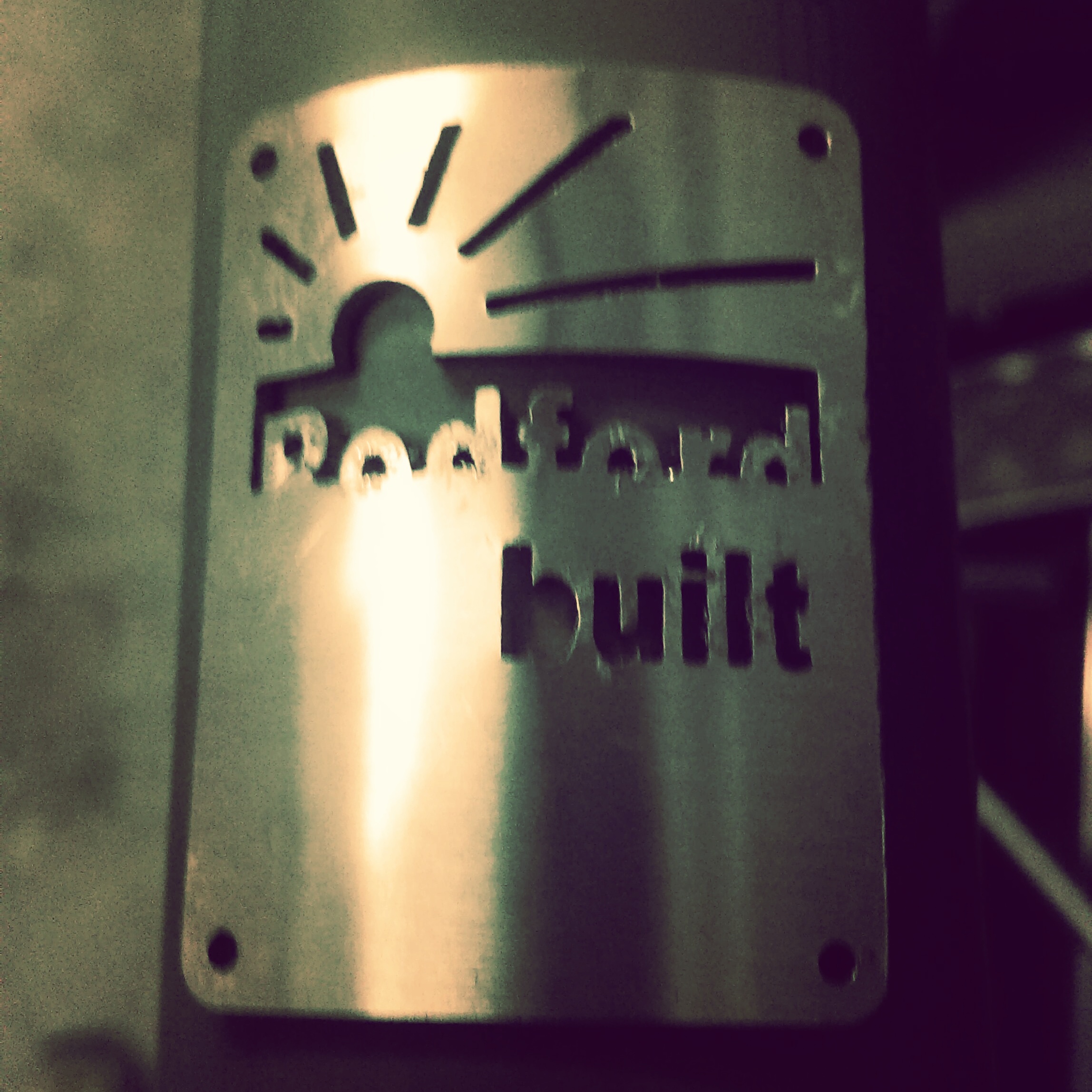Forks are one of the most critical parts on a bicycle. They are responsible for bike steering and therefore balance of the bike and they also define the handling in terms of rake and trail.In use they are responsible for the majority of the braking effort as well as taking a share of the rider weight and cargo. Forks are constantly subjected to high cycle fatigue loads due to road undulations and vibrations; as well as low cycle impact events such as potholes and kerb bumps.All of this means they have to withstand significant forces during use.Recent years have seen the introduction of new braking systems for bicycles particularly disc based systems, but there are also hydraulic rim brakes, drum and roller brakes, as well as traditional rim caliper and vee brakes.Different brake systems put different levels of stress on the forks and so here at Rodford we decided to employed some basic physics and some computer modelling to ensure our forks were up to the task.Disc brakes.Bicycle disc brakes originated from the mountain bike community where a suspension fork is typically used, this being much thicker and stiffer than a road or urban bike fork. For the mountain bike a disc brake is an obvious choice because the fork is already strong enough and the environment these bikes are used in can rapidly wear wheel rims.However combining a disc brake with a conventional fork requires a degree of care.First of all the braking forces for a given rate of deceleration are different between rim and hub based brake systems. By simple fact that the wheel diameter gives the bike momentum (mass x velocity) leverage over the smaller brake rotor diameter. Even a small 20" wheel as fitted to our Sherpa Box Bike can increase the load on the fork by 2.5x for a given braking effort.
 That was our conclusion.Consequently our Rodford plate crown fork has been design to operate safely under these amplified loads; suitable for use with disc, drum, rim or roller brakes.
That was our conclusion.Consequently our Rodford plate crown fork has been design to operate safely under these amplified loads; suitable for use with disc, drum, rim or roller brakes.
